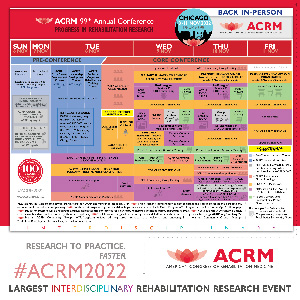Back
Symposium
Measurement
Pediatric Rehabilitation
Classify Sensory Reactivity: Sensory Assessment for Neurodevelopmental Disorders- A New Instrument
Thursday, November 10, 2022
10:45 AM – 12:00 PM

Brian Syzdek, Psy.D., M.S.
Psychologist
Stoelting
Wood Dale, Illinois, United States
Presenter(s)
Many children with ASD and other neurodevelopmental disorders exhibit sensory reactivity differences. There are differences in the patterns of symptoms displayed, which require different treatment. The Sensory Assessment for Neurodevelopmental Disorders (SAND) combines caregiver interview and clinical observation and is feasible for use across the spectrum of individuals with NDDs, including those who are minimally verbal or have an intellectual disability, and those who are profoundly affected. The SAND provides objective quantification of sensory reactivity symptoms, to inform personalized treatment planning, and to measure change over time. SAND description, administration, interpretation of results, and case examples will be presented. As a result of attending this presentation, attendees will be able to: 1. Describe a classification system of sensory reactivity behavior preferences by predominant modality and behavior. 2. Administer, score, and interpret an assessment to classify sensory reactivity. 3. Integrate sensory reactivity assessment into treatment planning and provide specific recommendations
Learning Objectives:
- Upon completion, participants will be able to describe a classification system of sensory reactivity behavior preferences by predominant modality and behavior.
- Upon completion, participants will be able to administer, score, and interpret an assessment to classify sensory reactivity.
- Upon completion, participants will be able to integrate sensory reactivity assessment into treatment planning and provide specific recommendations for sensory reactivity issues.

.jpg)
